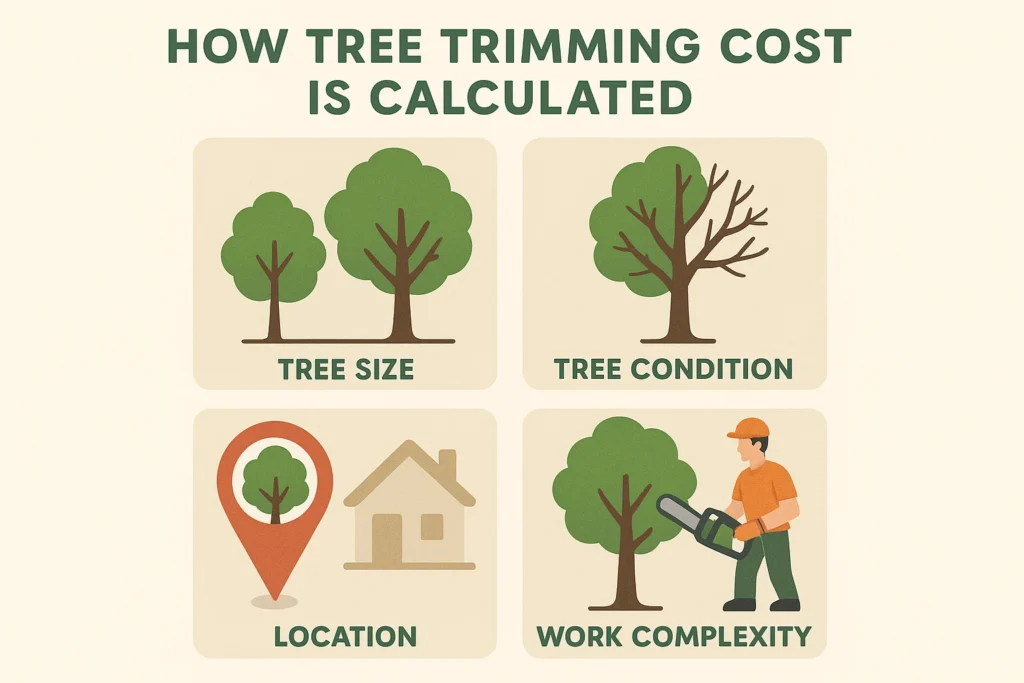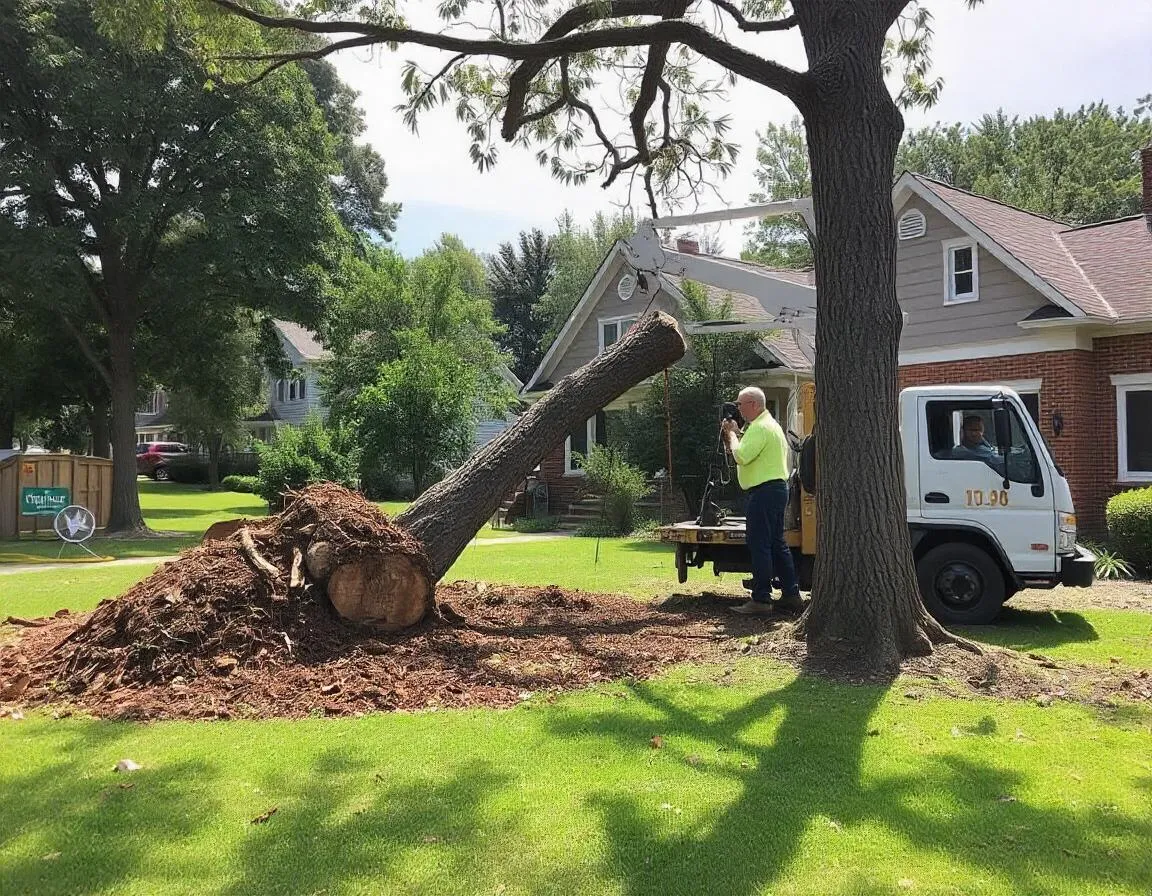Featured
Table of Contents
- – Burlington, VT Stump Grinding: Cost Variables
- – Fast Arborist Service Costs In Burlington, VT
- – Burlington, VT Stump Removal: True Pricing
- – Burlington, VT Stump Grinding Price Factors
- – Local Pricing For Tree Removal In Burlington,...
- – Cut Costs On A Tree Service In Burlington, VT
- – Straight Stump Grinding Costs In Burlington, VT
- – Compare Local Tree Cutting Prices In Burling...
- – Typical Stump Grinding Costs In Burlington, VT
- – How Much Will A Tree Cutting Cost Me In Burl...
- – What You Need To Know About Tree Service Cos...
- – Burlington, VT Tree Clearing Success Stories...
- – Burlington, VT Tree Trimming Warranties: Wha...
- – Burlington, VT Arborist vs DIY: Price Compar...
- – Next-Day Stump Grinding Service Costs In Bur...

The subsections listed below supply more detailed details about rates, including a typical variety for each. TypeAverage Removal CostPineConiferPalmMagnoliaArborvitaeAshCedarSweet GumEucalyptusSycamoreCypressOakMaplePoplar You can expect to pay in between to eliminate a pine, depending upon its size. Getting rid of a pine is among the more cost effective jobs unless it is one that has actually been around for several years and is quite large.
Burlington, VT Stump Grinding: Cost Variables
Pines likewise have a tap root that grows deep into the soil, which can show to be harder to eliminate. The process itself includes an expert cutting the tree, clearing the base, cutting the surface area roots, getting rid of the stump, and finally dealing with the soil. Without a professional hand, you risk leaving pine seedlings behind, which will fall from the roots of distressed pines.
Fast Arborist Service Costs In Burlington, VT
The U.S. nationwide average for conifer elimination is around to have the conifer reduced, transported away, and the stump ground or gotten rid of completely. Conifers are usually much easier to remove, and although they can grow quite tall, they do not cost a fortune to eliminate. Conifers include pine, spruce, fir, and juniper trees.
Burlington, VT Stump Removal: True Pricing
While conifers are lovely, they kill native plants and specific kinds of yard. This is due to the fact that they require a lot of water and nutrients to survive, so they leach it off surrounding plants. They likewise have an expansive network of roots, which can impact your home's structure. The typical rate of palm removal depends on the height as much as the type, ranging from.
Burlington, VT Stump Grinding Price Factors
That is why it is very important to know which type you are getting rid of. While you do not require an herbicide to eliminate a palm tree, there are some steps your elimination expert will need to take to guarantee the task is done properly. There are 2 ways they can get rid of them: by chopping them down or digging them up.
Local Pricing For Tree Removal In Burlington, VT
This is due to the fact that small animals like rats and scorpions frequently reside in them. Plus, lots of types will have spikes, too. From there, they get rid of the real tree and after that the stump. Expect to pay in between to remove this type of tree, depending on the exact size and details of the job.
Cut Costs On A Tree Service In Burlington, VT
There are three types: green, white, and black ash. With its gray-tinged bark, its leaves are green or purple in the spring and golden yellow or purplish-red in the fall.
Straight Stump Grinding Costs In Burlington, VT

The bark is softer, and it flowers later in the year - tree removal. Due to the variation in height, the elimination price variation is large from. A coniferous, evergreen tree, the cedar is a durable types. True cedars take pleasure in higher altitudes, primarily in the Mountain ranges and the Mediterranean. A true cedar can grow as high as 160 feet in height and is typically planted in the United States as a landscape choice.
Compare Local Tree Cutting Prices In Burlington, VT
The development of false cedars differs from 50 feet up to 230 feet high. With star-shaped leaves and sensational fall colors, the sweet gum is considered a medium to big tree.
Typical Stump Grinding Costs In Burlington, VT
Generally, it costs in between to eliminate a eucalyptus. Eucalyptus are not typical everywhere, but they are rather large compared to others, which is why even the smaller sized ones are so expensive to eliminate.
How Much Will A Tree Cutting Cost Me In Burlington, VT?
There are a handful of methods to do this, including burning, pulling, grinding, or eliminating them with herbicide. Expect to pay in between to eliminate sycamores, based upon the height, trunk size, and amount of work involved. Sycamores are among the biggest hardwood trees, usually varying from 60 to 100 feet tall and as broad as 15 feet.
What You Need To Know About Tree Service Costs In Burlington, VT
The very first two steps will expose the within the tree and cut off the circulation of nutrients up the trunk. From there, a professional uses herbicide to eliminate the tree and reduce the trunk. Then, they will eliminate the stump. Otherwise, new sprouts may grow from it. Reducing and eliminating a full-grown cypress could cost as much as.
Burlington, VT Tree Clearing Success Stories: Costs
There are numerous various types of Cypress trees, but the most widespread are the Leyland, Arizona, Bald, and Italian. The Bald Cypress grows in swampy or very moist areas while the others delight in a dry, warm, or hot environment (stump grinding). They can grow as tall as 80 to 100 feet tall
Burlington, VT Tree Trimming Warranties: What's Covered

Prone to diseases, the Cypress is one of the most prized woods for furniture. The average oak grows to around 60 feet, and depending on the complexity of the removal, it costs an average of to remove. The exact size of your oak and the effort required to fell it affect what you will really spend for elimination along with any additional services like stump grinding.
Burlington, VT Arborist vs DIY: Price Comparison
Access to the trees and the roots will likewise affect the total cost. Maples can quickly grow up to 100 feet or more and usually cost between to get rid of from your home. The last cost depends on the actual height and intricacy of the job. Maples are generally amongst the more pricey trees to remove because of their size and the work involved in the elimination.
Next-Day Stump Grinding Service Costs In Burlington, VT
Growing as high as 90 to 115 feet, these massive timbers are generally found in North America and consist of the aspen, cottonwood, and balsam trees. The process to remove trees involves all the cutting and cutting of the branches and trunk, bringing it down to a stump.
Table of Contents
- – Burlington, VT Stump Grinding: Cost Variables
- – Fast Arborist Service Costs In Burlington, VT
- – Burlington, VT Stump Removal: True Pricing
- – Burlington, VT Stump Grinding Price Factors
- – Local Pricing For Tree Removal In Burlington,...
- – Cut Costs On A Tree Service In Burlington, VT
- – Straight Stump Grinding Costs In Burlington, VT
- – Compare Local Tree Cutting Prices In Burling...
- – Typical Stump Grinding Costs In Burlington, VT
- – How Much Will A Tree Cutting Cost Me In Burl...
- – What You Need To Know About Tree Service Cos...
- – Burlington, VT Tree Clearing Success Stories...
- – Burlington, VT Tree Trimming Warranties: Wha...
- – Burlington, VT Arborist vs DIY: Price Compar...
- – Next-Day Stump Grinding Service Costs In Bur...
Latest Posts
Senior Discounts On Tree Service In Burlington, VT
Umatilla, OR Stump Grinding Reviews And Pricing
Sequim, WA Tree Trimming Package Prices
More
Latest Posts
Senior Discounts On Tree Service In Burlington, VT
Umatilla, OR Stump Grinding Reviews And Pricing
Sequim, WA Tree Trimming Package Prices